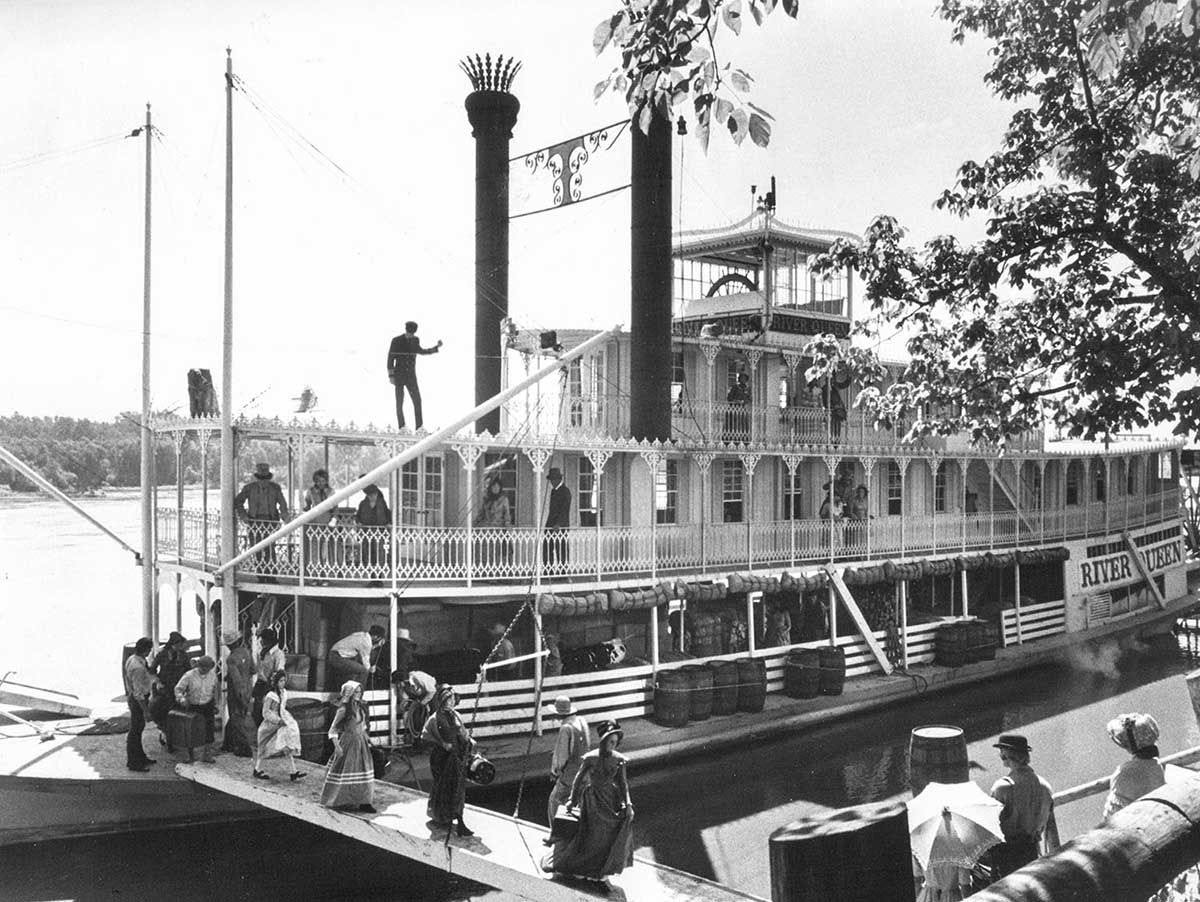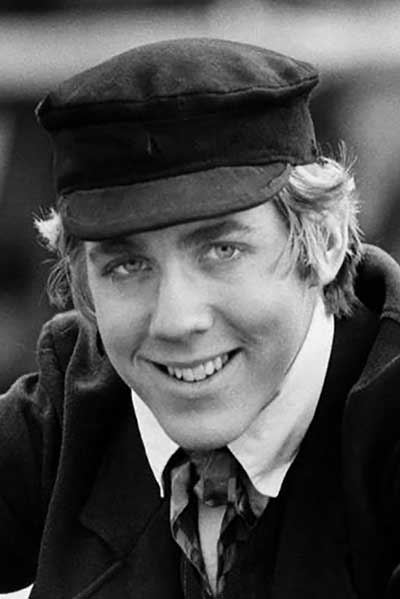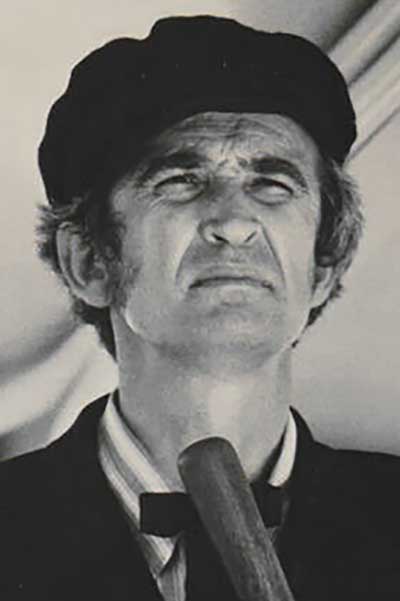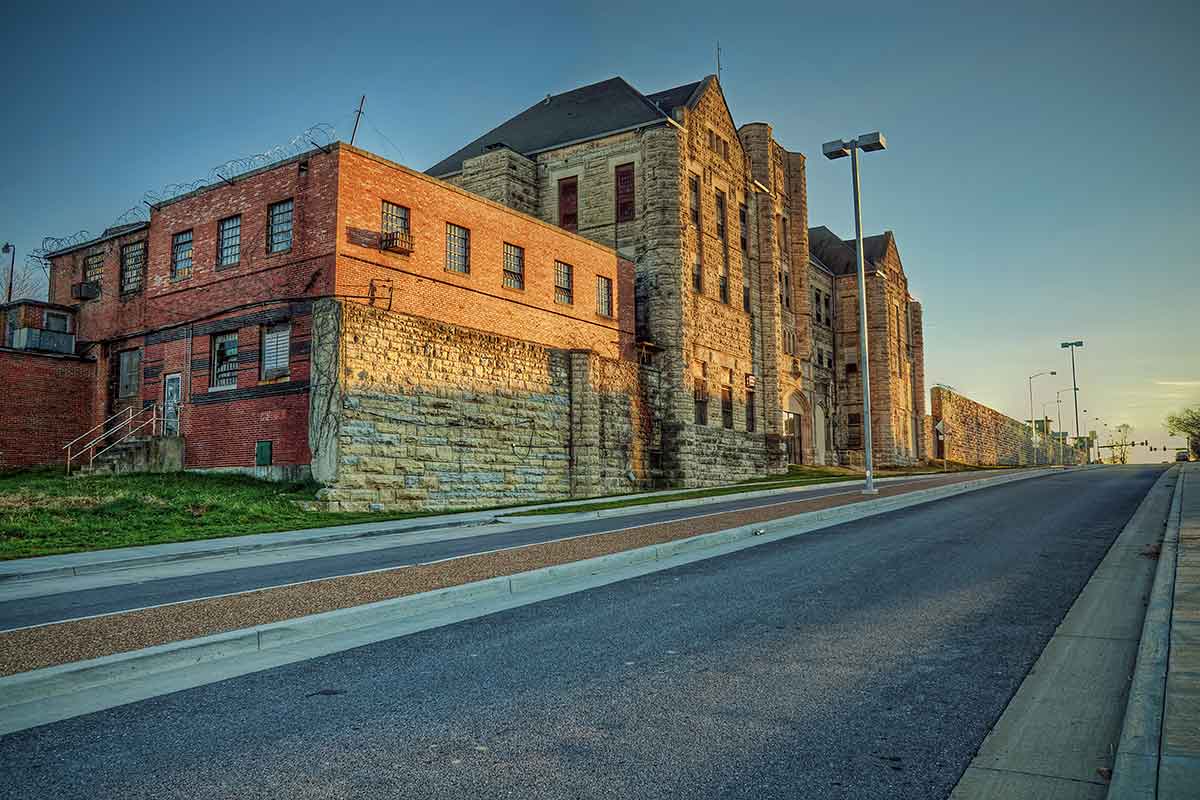Tom Sawyer transformed a town 50 years ago
This web-only content accompanies stories in the June 2022 issue of Missouri Life magazine. Readers accessed this page by scanning a QR code in the magazine.
Watch the official movie trailer for Tom Sawyer below.

Front and center: The ‘actress’ who stole the show
Story by Jeff Kurtti
The 1973 film adaptation of Tom Sawyer, filmed entirely on location in Missouri, featured some very grand female stars, including one that was uncredited yet central to the story.
Celeste Holm, who played Aunt Polly, won an Academy Award for her performance in Elia Kazan’s Gentleman’s Agreement, and was nominated for her roles in Come to the Stable, and All About Eve. She also originated the role of Ado Annie in Rodgers and Hammerstein’s classic Broadway musical Oklahoma!.
The Widder Douglas was played by Alabama-born Lucille Benson, who had appeared on Broadway in Walking Happy, Hotel Paradiso, and Period of Adjustment. In the movies, she played in Little Fauss and Big Halsy, Steven Spielberg’s Duel, Silver Streak, and Spielberg’s 1941. On TV, she had recurring roles on The Ropers and Bosom Buddies.
Jodie Foster, who played Becky Thatcher, would go on to win critical acclaim and a shelf filled with awards—two Academy Awards, three British Academy Film Awards, three Golden Globe® Awards, and the honorary AMPAS Cecil B. DeMille Award. For her work as a director, she has been nominated for a Primetime Emmy Award.
Uncredited in Tom Sawyer, but just as iconic, was an actress you may not have heard of before: Julia Belle Swain.

Keith Norrington of the Waterways Journal Weekly provides a little biography on this gigantic film and TV star:
“The Julia Belle Swain was completed at Dubuque, Iowa, in 1971 by Capt. Dennis Trone, the last boat ever constructed by the Dubuque Boat & Boiler Works. Launched on November 12, 1970, the new 400-passenger steamer was constructed on a steel hull measuring 108 feet long by 27 feet wide with a draft of 3 feet. A single automatic boiler, manufactured by the Vapor Corporation, supplied the steam. The Gillett & Eaton reciprocating engines (12-inch cylinders with 5-foot stroke) manufactured at Lake City, Minn., were recycled from the catamaran ferry City of Baton Rouge, built at the Howard Shipyard in 1916 and operated at Baton Rouge, La., until 1968.”
The man behind the boat was Captain Dennis (Denny) Ray Trone (1930-2008). An Illinois native, Trone graduated from the United States Naval Academy. After completing Naval Postgraduate School and a nine-year career, he resigned from the Navy, after which he and his brother Robert bought a half interest in the Dubuque Boat and Boiler Company.
Over a ten-year period, the brothers based the business out of Peoria, Illinois, but would often tramp up and down the Mississippi, Missouri, Ohio, Tennessee, and Illinois rivers.
From excursion boat to star
Julia Belle Swain began service as a local excursion boat, based in Peoria, for the Sangamon Packet Company, then overnight trips were offered in partnership with Starved Rock State Park. When the lodge there closed, Trone moved the operation to the Mississippi River at Le Claire, Iowa, running trips to the Chestnut Mountain Resort near Galena, Illinois.
The Julia Belle even entered the Great Steamboat Race twice, in 1975 and 1976. Smaller and nimbler than many of her sisters, she won in 1976, beating better-known vessels such as the Delta Queen and the Belle of Louisville.
But immortal fame for Julia Belle was found as a movie star.
With a period set dressing and a movie star pseudonym, the ship made her screen debut as the River Queen in Tom Sawyer, filmed in 1972 (the landing and river scenes were shot in Lupus). The ominous sternwheeler that runs over the raft of Tom and Huck on the night river was also the Julia Belle Swain; in fact, her name can clearly be seen on the keel in this scene. Captain Trone himself is featured in the film, and can be seen prominently on the top deck waving to Tom in the opening sequence.
” … The petite sternwheeler has been virtually abandoned for several years, victim to vandals and other problems.”
The river boat returned the next year in the sequel, Huckleberry Finn, and was featured in the opening and closing titles of the 1979 television series Huckleberry Finn and His Friends.
The Julia Belle Swain took a starring role in the 1980 PBS adaptation of Mark Twain’s Life on the Mississippi, with Captain Horace Bixby played by Robert Lansing, and young cub pilot Samuel Clemens by David Knell.
Knell recalls, “The famed songwriter John Hartford [“Gentle on My Mind”], who was also a river pilot, was going to be with us on the film, but he was called away, I think on tour.” (Hartford once said that being a river pilot would have been his life’s work, “but music got in the way.”)
“So, I worked directly with Dennis Trone,” Knell says, “He was just off-camera in every shot, keeping me from crashing into things or running aground. Although Captain Trone did run the boat ashore intentionally when the script called for it—that required real skills. Everything I know about piloting a river boat—and it ain’t much—I owe to Dennis Trone.”
Knell also remembers that the ship had a “cameo role” due to some paint and set dressing and clever camera angles. “The Julia Belle Swain was both riverboats in the film. As the Paul Jones, careful art direction and camera work made it feel like a different boat. We came back after a week or two of interior shooting, and there was the beautiful Julia Belle, all decked out as the Aleck Scott!”
As an 18-year-old actor at the time, Knell was not immune to the romance of the river.
Love at first sight?
“The director, Peter H. Hunt, shot the film pretty much in sequence, so the first shot, where Sam sees the river and the reveal of the boat was actually the first time I saw it!” he recalled. “The character’s experience and my experience match up in that moment. The Julia Belle Swain was such a beautiful ship.”.
She continued with starring roles in a couple of other features, including the 1998 IMAX film Mark Twain’s America, and the 2005 film by the Church of Jesus Christ of Latter-day Saints, Joseph Smith: The Prophet of the Restoration which many recall seeing screened at the LDS site in Nauvoo, Illinois. The Julia Belle Swain was also a prominent print model, with numerous photo features in such magazines as Midwest Living and Americana.
In 2009, the owners of the Julia Belle Swain canceled their season because of the slow economy. She remained still, docked for five years on the backwaters of the Mississippi.
“In August 2013, the steamboat was acquired by a non-profit foundation whose goal was to return the vessel to a like-new operating condition,” Keith Norrington reports, “Unfortunately, this did not come to pass.” As of November, 2021, Norrington continues, the steamer “…was recently towed to a nearby drydock and hauled out for inspection. After a restoration project was canceled, the petite sternwheeler has been virtually abandoned for several years, victim to vandals and other problems. At this time, it remains to be disclosed what the future holds.”
DISCOVERY JOURNAL: Jefferson Highway revisited
Researcher Stan Hendrix of the Cameron Historical Society and Depot Museum gives additional details about the historic Jefferson Highway.
Related Posts
Plan Your Getaway in Jefferson City
Take a ghost tour of the historic prison, explore a vibrant downtown, and visit the Missouri Museum at our storied Capitol.





